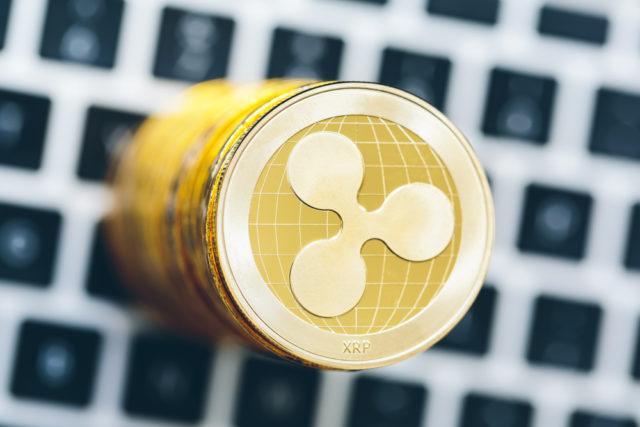- EUR/USD weakens as US Dollar continues to gain ground on Friday.
- Rising US Treasury yields help support the dollar.
- ECB President Lagarde gave no hints about the stance for the next meeting, saying September was “fully open.”
The EUR/USD pair extended its losses for the second consecutive day, trading around 1.0890 during the Asian session on Friday. The EUR/USD pair’s decline can be attributed to the strengthening of the US Dollar (USD) amid heightened risk aversion.
The dollar is boosted by rising US Treasury yields, but its upside potential could be limited by weak jobs data, raising market expectations of a Federal Reserve (Fed) rate cut in September.
U.S. initial jobless claims rose more than expected, data showed on Thursday, adding 243K new claimants for the week ending July 12, compared with the 230K expected, and exceeding the previous week’s revised 223K.
According to the CME Group’s FedWatch tool, markets now indicate a 93.5% probability of a 25 basis point rate cut at the Fed’s September meeting, up from 85.1% a week earlier.
On the EUR front, the European Central Bank (ECB) decided to keep its main refinancing rate at 4.25%, as expected, at its July monetary policy meeting on Thursday. The ECB’s deposit facility rate is also kept unchanged at 3.75%.
At the press conference following the interest rate decision, ECB President Christine Lagarde said: “The question of September and what we will do in September is totally open.” Lagarde also noted that the monetary policy decision had been unanimous and stressed the central bank’s commitment to relying on a variety of data rather than a single data point, according to Reuters.
Euro FAQs
The Euro is the currency of the 20 European Union countries that belong to the Eurozone. It is the second most traded currency in the world, behind the US Dollar. In 2022, it accounted for 31% of all foreign exchange transactions, with an average daily volume of over $2.2 trillion per day. EUR/USD is the most traded currency pair in the world, accounting for an estimated 30% of all transactions, followed by EUR/JPY (4%), EUR/GBP (3%) and EUR/AUD (2%).
The European Central Bank (ECB), based in Frankfurt, Germany, is the reserve bank of the Eurozone. The ECB sets interest rates and manages monetary policy. The ECB’s main mandate is to maintain price stability, which means controlling inflation or stimulating growth. Its main instrument is to raise or lower interest rates. Relatively high interest rates – or the expectation of higher rates – generally benefit the Euro and vice versa. The Governing Council of the ECB takes monetary policy decisions at meetings held eight times a year. Decisions are taken by the heads of the national banks of the Eurozone and six permanent members, including ECB President Christine Lagarde.
Eurozone inflation data, as measured by the Harmonised Index of Consumer Prices (HICP), is an important econometric data point for the euro. If inflation rises more than expected, especially if it exceeds the ECB’s 2% target, the ECB is forced to raise interest rates to bring inflation back under control. Relatively high interest rates compared to their peers usually benefit the euro, as it makes the region more attractive as a place for global investors to park their money.
Data releases measure the health of the economy and can influence the Euro. Indicators such as GDP, manufacturing and services PMIs, employment and consumer sentiment surveys can influence the direction of the single currency. A strong economy is good for the Euro. Not only does it attract more foreign investment, but it can encourage the ECB to raise interest rates, which will directly strengthen the Euro. Conversely, if economic data is weak, the Euro is likely to fall. Economic data from the four largest Eurozone economies (Germany, France, Italy and Spain) are especially significant, as they account for 75% of the Eurozone economy.
Another important output for the euro is the trade balance. This indicator measures the difference between what a country earns from its exports and what it spends on imports during a given period. If a country produces highly sought-after export products, its currency will appreciate due to the additional demand created by foreign buyers who wish to purchase these goods. Therefore, a positive net trade balance strengthens a currency and vice versa for a negative balance.
Source: Fx Street
I am Joshua Winder, a senior-level journalist and editor at World Stock Market. I specialize in covering news related to the stock market and economic trends. With more than 8 years of experience in this field, I have become an expert in financial reporting.







